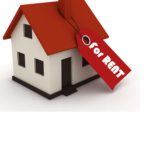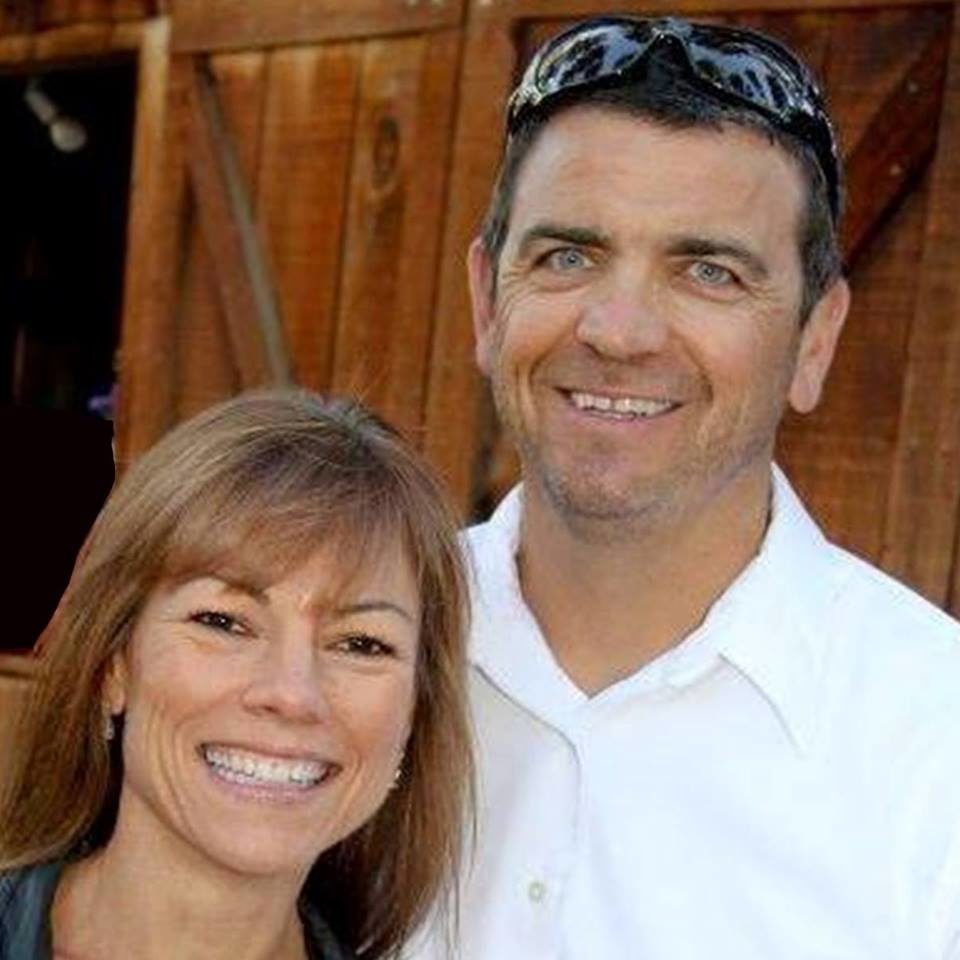 The most successful landlords understand the importance and value of conducting regular property inspections. Making sure your Beautiful Tahoe rental meets the safety standards mandated by statutes (and common sense) is the best way to protect your tenants and your bank account.
The most successful landlords understand the importance and value of conducting regular property inspections. Making sure your Beautiful Tahoe rental meets the safety standards mandated by statutes (and common sense) is the best way to protect your tenants and your bank account.
Make a checklist for each property you own and update it when you inspect the property. Include these eight important items on your list.
1. Do you have GFI outlets?
The National Electrical Code began to require Ground Fault Interrupting outlets (GFIs) in 1971, and, over the years, it expanded the list of locations where GFIs should be installed. These include kitchens, bathrooms, laundry rooms, and anywhere outside.
2. Are there smoke detectors?
Check the smoke alarms in your rentals yearly by pushing the test button on each one and ensuring that the alarm sounds. Respond promptly when a renter complains of chirping noises because that means the battery is weak and the smoke alarm may not function in an emergency. As of March 2018, 27 states require carbon monoxide detectors in residential units through statute. To avoid having to keep track of both smoke and carbon monoxide detectors, consider installing combination units.
3. Are the outdoor railings safe?
If your rental has a deck or balcony, the railings need to be at least 36-42 inches high, depending on whether the local governing authority relies on the International Residential Code or the International Building Code. Wood railings tend to deteriorate over the years. Check the railings on your decks and balconies every year. Tighten loose fasteners and replace rotting wood.
4. How safe are your stairs?
Replace rotted wood on wooden staircases and fix cracks on concrete ones before they widen and turn into hazards. Painting stairs and walkways with a non-slip coating is a good way to guard against loss of traction in wet weather.
5. Do the doors lock?
A secure exterior door is one with both a locking lockset and a deadbolt. Re-key the locks or change them with every turnover to eliminate the circulation of spare keys. Even better, equip the doors with electronic or combination locks. Discourage renters from duplicating keys, and keep a log of the keys that you hand out.
6. Is that paint safe?
It’s in your interest, as well as the interest of your renters, to test painted walls and woodwork for lead. If you get a positive reading, consult a remediation expert to determine the best way to deal with it. According to federal law, you must disclose the presence of lead paint to your renters.
7. Is there a pest infestation?
Renters may attract or bring in pests by failing to clean up, but it’s ultimately the landlord’s responsibility to get rid of them. If you add a monthly payment to a local pest control company to the rent, you won’t have to worry about this problem.
8. Are the appliances maintained?
The dryer: This tops the list of appliances that need an inspection and possible maintenance at least once a year. For the sake of fire safety and dryer performance, check the lint trap and the vent opening in the side of the house for lint buildup. Clean the vent if you can’t feel a steady stream of air from the vent opening when the dryer is on.
The washing machine: Check the lint trap on the washing machine.
The water heater: Check for leaks. You should flush the water heater every three to five years to prevent leaks and maintain its performance.
Mention known issues in the lease
You may not be able to correct all the issues that lower safety standards in your rental as quickly as you’d like. It’s important to get to them eventually, but until you do, disclose them in the lease as the law requires. That isn’t guaranteed to get you out of hot water if an accident occurs, but at least you’ll be following the law, and you won’t be misrepresenting the rental.
(see more at https://www.landlordology.com/rental-meets-safety-standards/ )


Leave a Reply